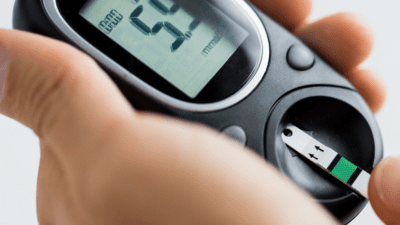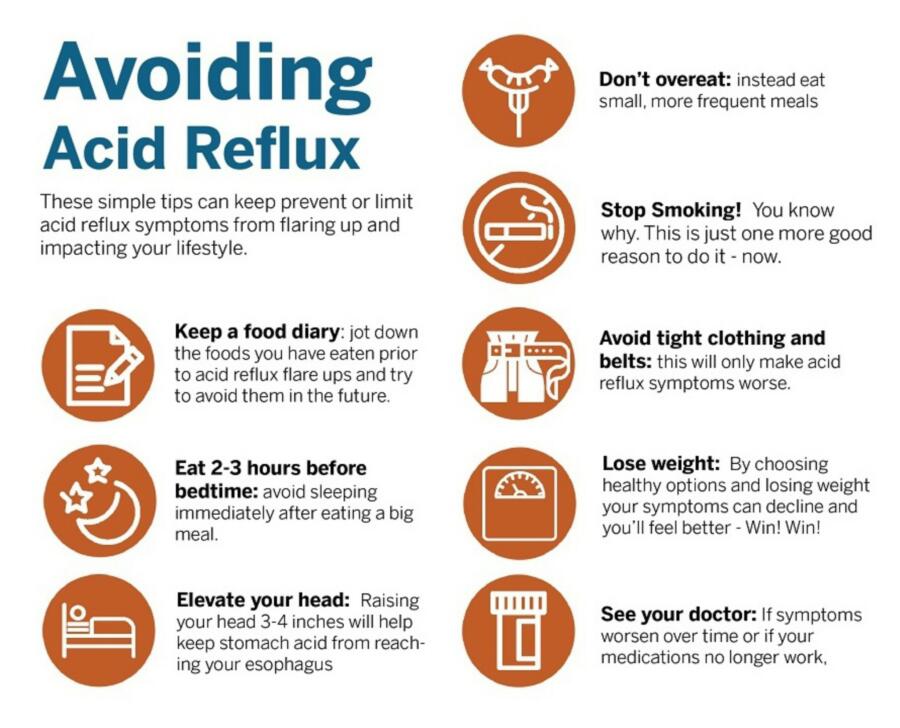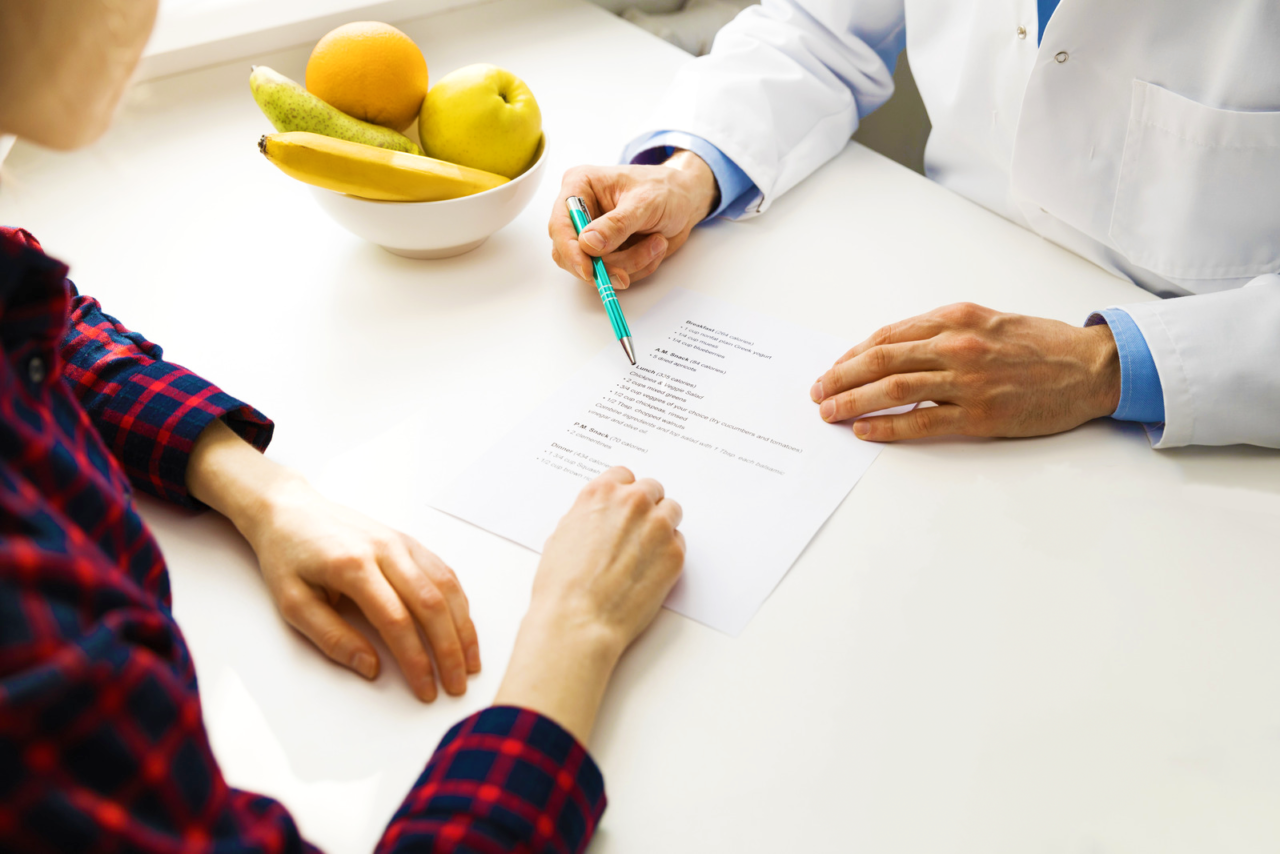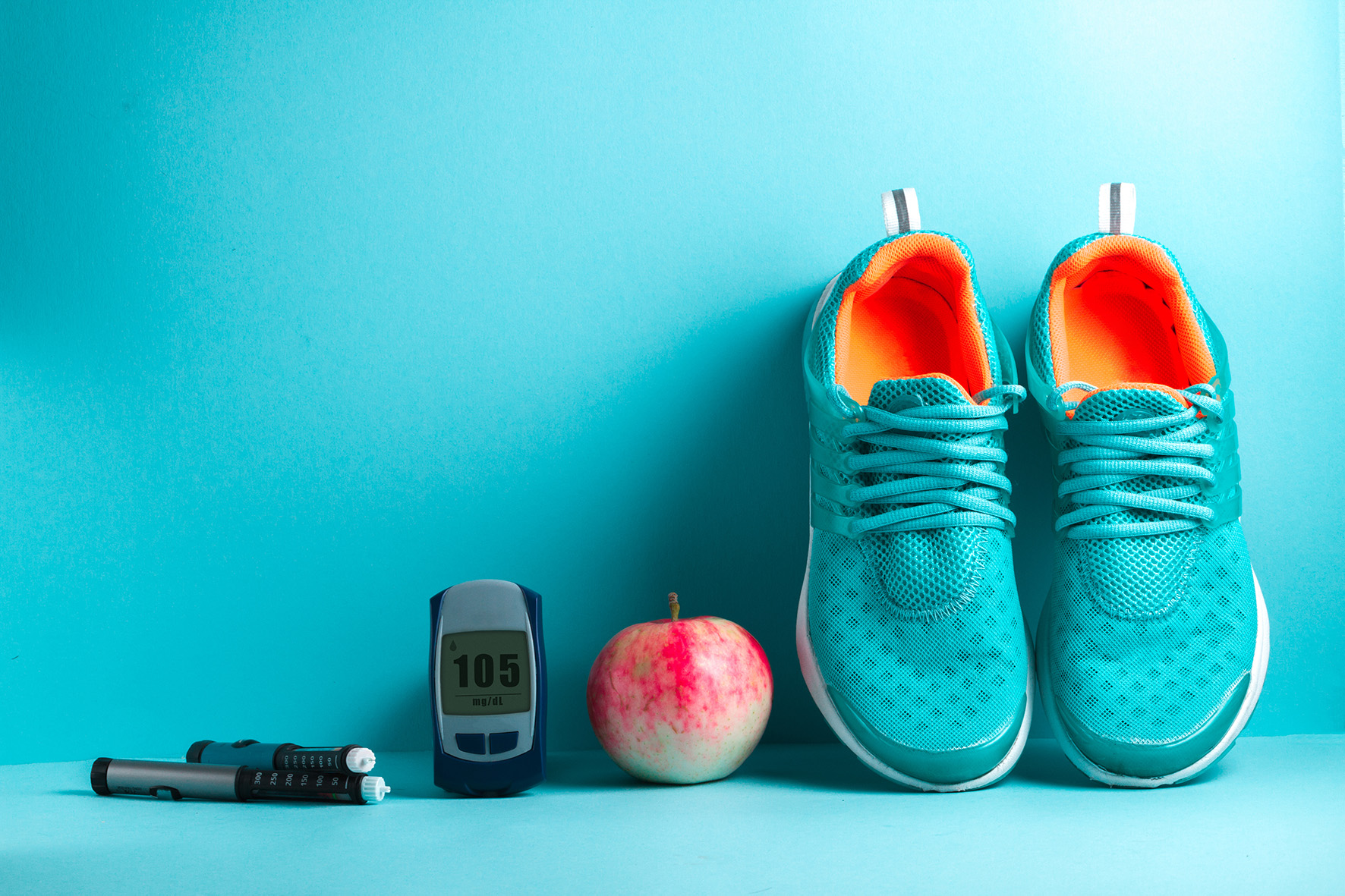
When traveling with diabetes, careful planning is key to ensuring a safe and enjoyable experience. Here are essential tips to consider:
Before You Go:
- Consult your doctor for a thorough check-up and discuss any necessary vaccinations at least a month before your trip.
- Obtain a detailed note from your doctor explaining your diabetes condition, including a list of medications and devices you require. Keep this note with you at all times during travel.
- Research and note down locations where you can access diabetes supplies and healthcare facilities at your destination. Obtain a prescription for emergency medications and supplies.
- Ensure you have comprehensive travel insurance that covers medical emergencies.
- Prepare for Diabetes Management Abroad: Be prepared for potential challenges in managing diabetes away from home, especially in foreign countries. Learn key phrases in the local language related to diabetes and locate nearby pharmacies for emergency supplies.
- Inform Travel Companions: Ensure your travel companions are aware of your diabetes and know how to assist in emergencies. Educate them about the signs and symptoms of low and high blood sugar and the actions to take if needed.
- Plan for Emergencies: Research emergency contact numbers, medical facilities, and nearby pharmacies before your trip. Consider obtaining travel insurance that covers diabetes-related needs for added peace of mind.
Packing Essentials:
- Pack all your essential diabetes supplies, including medications, blood glucose meter, extra batteries, test strips, and lancets. Pack more than you anticipate needing.
- Keep your packed diabetes supplies with you at all times, especially during air travel (carry them in your carry-on), in the car, or on buses.
- Include snacks and fast-acting sugar sources like candies or glucose tablets to manage low blood glucose levels.
During Your Journey:
- Wear or carry a medical ID indicating your diabetes condition. Inform your travel companions about your diabetes and how they can assist in case of an emergency.
- Opt for comfortable clothing and shoes, and inspect your feet daily for any signs of blisters, cuts, or swelling. Seek medical attention if necessary.
- Always have snacks on hand to prevent low blood sugar, especially if meals are delayed or if you’re more active than usual.
- Maintain your daily routine as much as possible, including meal times, medication schedules, blood glucose monitoring, and sleep patterns. Exercise caution with unfamiliar foods and drinks, and inquire about ingredients, especially when traveling abroad.
Let us delve into more detail and expand on some of these tips.
Consult Your Doctor: Before embarking on your journey, have a discussion with your doctor. They can help you make any necessary adjustments to your medications and ensure you’re up-to-date with required travel vaccines. Your doctor can also provide you with a letter detailing your condition and medications, which can be beneficial during security checks and entry procedures at various locations. Before embarking on your travels, inquire with your doctor about the potential impact of planned activities on your diabetes management and how to address any challenges that may arise. Additionally, discuss adjustments to insulin doses if traveling to destinations in different time zones.
Pack Extra Supplies: Include extra supplies for managing diabetes in your travel kit. Depending on your needs, pack additional insulin, syringes or insulin pens, blood test strips, medications, and glucose tablets. Having a few days’ worth of extra supplies can be invaluable in case of unexpected delays or emergencies.
Keep Medications Easily Accessible: Ensure that your diabetes medications are easily accessible while traveling. Keep them in your carry-on luggage and with you at all times, avoiding placing them in checked baggage. This precaution eliminates the risk of potential issues with lost or delayed bags and allows you to manage your condition effectively during long transit periods.
Protect Medications from Extreme Temperatures: Diabetes medications, especially insulin, can be sensitive to extreme temperatures. Invest in accessories such as cooling travel wallets for insulin pens, insulated diabetic travel cases, or chargeable travel coolers to maintain a stable temperature for your medications during travel.
Carry a Medical ID: Wearing a medical identification bracelet or necklace that clearly indicates your diabetes can be vital in an emergency. First responders will be informed about your condition, enabling them to provide appropriate care promptly.
Plan Meals and Snacks: Pay attention to your diet while traveling, as it directly affects your blood glucose levels. Research food options at your destination and along the way. Carry snacks like nuts, seeds, whole-grain crackers, glucose tablets, fruit juice, and candy to address hunger and manage low blood sugar levels effectively.
Be Prepared for Security Checks: If you anticipate passing through security checkpoints, plan ahead to streamline the process. Inform security personnel about your condition, ensure your medications are easily accessible, and carry a letter from your doctor explaining your disease and the medications and equipment you’re carrying.
When traveling by car, prepare a cooler stocked with healthy foods and ample water for hydration. Ensure insulin and diabetes medications are kept away from direct sunlight and extreme heat; store them in the cooler alongside your food items. Avoid placing insulin directly on ice or gel packs. Protect your blood sugar monitor, insulin pump, and other diabetes equipment from heat damage by avoiding exposure to hot environments like cars, poolsides, direct sunlight, or beaches. This precaution extends to supplies such as test strips as well.
Maintain Hydration: Stay hydrated throughout your travels to help regulate your blood sugar levels. Carry a refillable water bottle and pack bottled water, especially when traveling through areas where clean water may not be readily available.
Prepare for Time Zone Changes: Consult your healthcare provider if you use insulin and will be crossing time zones. Seek guidance on adjusting your insulin injection timing based on your travel direction. Eastbound travel (shorter day) may require less insulin, while westbound travel (longer day) may necessitate more insulin. Keep track of your shots and meals by maintaining your watch on your home time zone until the morning after arrival to aid in adjusting to the new schedule. Continuously monitor your blood sugar levels while traveling, especially upon landing. Jet lag can make it challenging to discern extreme blood sugar fluctuations, so early monitoring is crucial for managing your diabetes effectively.
Regular Blood Sugar Monitoring: Monitor your blood sugar regularly while traveling, as disruptions to your routine can affect glucose levels. Adjust insulin or medication as needed and consider using continuous glucose monitors (CGMs) for continuous insights. Carry a backup glucose meter and test strips for added security.
Practice stress management techniques such as deep breathing, meditation, and yoga to control blood sugar levels and promote overall well-being, both at home and during travels. Prioritize quality sleep to support blood sugar regulation and general health. Maintain a bedtime routine, stay physically active during the day, and create a relaxing sleep environment.
Take Care of Your Feet: Inspect your feet daily for cuts, blisters, or signs of infection. Keep your feet clean and dry, wear moisture-wicking socks, and treat any foot issues promptly. Choose comfortable shoes to avoid foot complications, especially when exploring new places or walking long distances. Proper footwear is essential for diabetic foot care.
Stay Active: Combat prolonged sitting by taking breaks during car trips or walking up and down the plane or train aisles every hour or two to reduce the risk of blood clots, especially important for individuals with diabetes. Incorporate physical activity into your daily routine while traveling to regulate blood sugar levels and improve overall health. Explore local areas on foot, go for hikes, or participate in cycling tours to stay active and discover new experiences.
Stay on Schedule: Set reminders on your phone to take medications if traveling across different time zones, ensuring you maintain your medication routine effectively.
Enjoy Your Journey: Embrace the adventure of traveling while effectively managing diabetes. Plan and prepare, but also take time to enjoy new experiences, learn, and grow during your trip. With proper care and preparation, traveling with diabetes can be a rewarding and enjoyable experience.
Adjusting to Your Destination: Upon reaching your destination, your blood sugar levels may initially fluctuate. Monitor your blood sugar frequently and address any highs or lows according to your doctor’s or diabetes educator’s instructions.
Manage Activity Levels: If your activities will be more strenuous than usual, monitor your blood sugar before and after and adjust your food, activity, and insulin accordingly. Avoid excessive physical activity during hot periods to prevent sunburn and overheating. Monitor your blood sugar more frequently in high temperatures and adjust insulin doses and dietary choices as necessary.
Outdoor Adventures: For outdoor vacations, bring disposable wipes to clean your hands before checking your blood sugar, ensuring hygiene in remote settings.
Explore Healthy Food Options: Find nutritious food choices at airports or roadside restaurants, such as:
- Fresh fruits, nuts, sandwiches, and yogurt
- Salads with lean proteins like chicken or fish (avoiding dried fruits and croutons)
- Eggs, omelets, and lettuce-wrapped burgers instead of buns
- Fajitas without tortillas and rice Ease Travel Stress: Pack your diabetes supplies in a carry-on bag for peace of mind during your journey.
By following these guidelines and staying prepared, you can enjoy traveling with diabetes while effectively managing your condition. While diabetes may add complexity to daily life and travel, it shouldn’t limit your adventures. Strategic planning enables you to embrace exciting experiences without undue stress.
References:
- National Institute of Diabetes and Digestive and Kidney Diseases.





























